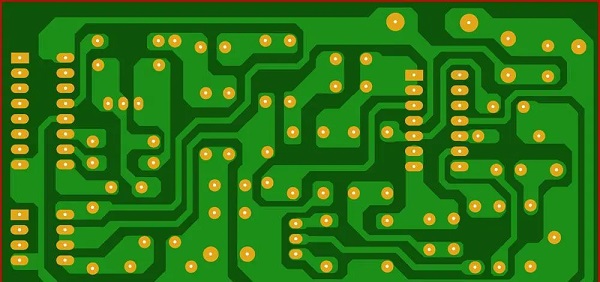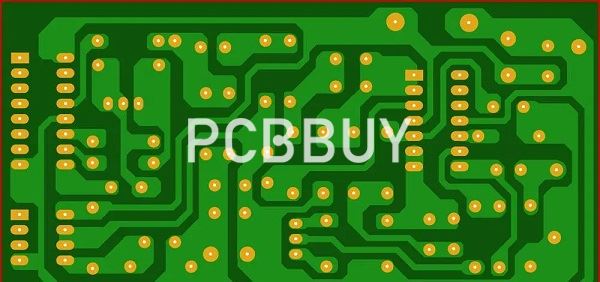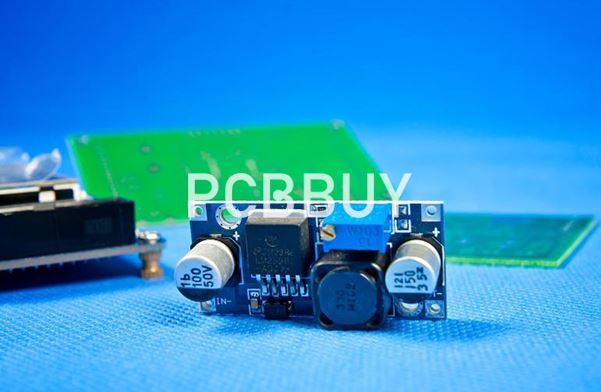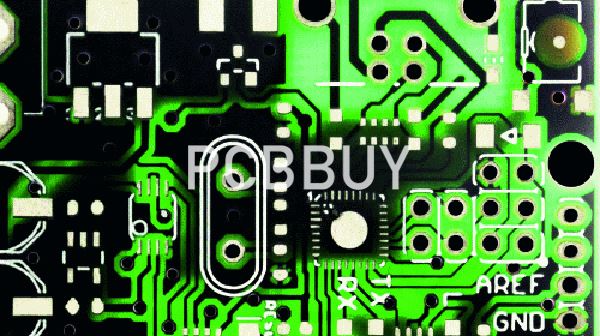What Is Glass Epoxy PCB and the Main Applications?
By:PCBBUY 02/14/2023 17:32

Glass PCB substrate has distinct advantages in terms of flatness, transparency, deformation, heat resistance, tear resistance, and so on; the deformation rate is very low when working at high temperatures for extended periods; the glass PCB can emit 360-degree luminescence, with an 80 color rendering index of 140lmw or more; it does not require a heat sink, and there is no light attenuation. Currently, glass PCB is extensively utilized in LED displays, solar panels, 3D printers, and other applications.
Are you a beginner of PCB industry? Do you know what glass PCB is? If you are searching for the information of glass PCB and the application, please check and read the content below for more professional knowledge.

What is the material of glass PCB?
There is the material that we have to use to make a glass printed circuit board:
· Piece of glass, as needed
· UV photo resistance
· Baking soda
· The foil made of copper
· Chloride of iron
· Printout from OHP
· Glue
What are the benefits of glass PCB?
With the 360-degree light-emitting package and clear glass invisible wire decorating, transparent glass PCB is utilized in LED, 5G, LCD, and other applications.
Epoxy resins may be reacted (cross-linked) either with themselves through catalytic homopolymerisation, or with a wide range of co-reactants including polyfunctional amines, acids (and acid anhydrides), phenols, alcohols and thiols (usually called mercaptans). These co-reactants are often referred to as hardeners or curatives, and the cross-linking reaction is commonly to as curing.
Reaction of polepoxies with themselves or with polyfunctional hardeners forms a thermosetting polymer, often with favorable mechanical properties and high thermal and chemical resistance. Epoxy has a wide of applications, including metal coatings, use in electronics/electrical components/LEDs, high tension electrical insulators, and etc.
The health risks associated with exposure to epoxy resin compounds include contact dermatitis and allergic reactions, as well as respiratory problems from breathing vapor and sanding dust, especially when not fully cured.

What are the considerations of producing glass PCB?
Glass is mostly made of sand, ash, limestone, and soda. These materials are recycled, which is eco-friendly. For different glass material introductions, you can click here.
But let’s take a look at the common glass materials for a brief knowledge of the transparent glass PCB.
· Tempered glass is the most common glass material you will see. It is a reprocessed and pre-stressed glass that ensures added durability. Also, it has higher impact and shock absorbing strength for extreme uses.
· Next on our list is the quartz glass. Although it has a less impact-absorbing facility, its wider use in the electrical and electronic industry makes it the most sought-after glasses. You will see the quartz glass in semiconductors, optical devices, medical and military industry, and what not! It has improved temperature resistance, chemical stability, and UV transmission.
· Sapphire glass is by far the strongest and hardest glass on the planet. Thanks to its high thermal and dielectric properties, it is used in many complicated and high-end devices. You will see its applications even in space and satellite technologies and devices.
What are the main types of glass PCB?
A wide range of materials may be used as substrates and elements for making PCBs. For example, various materials have distinct properties that enable performance in particular conditions. Let’s have a look at the types of Glass PCB.

Tempered Glass
It is a type of pre-stressed glass that is reprocessed by glass. It is highly d urable and strong; and that’s why it is tough to break. If it’s compressed to 125MPa or even more (which again is 4-5 times stronger than conventional glass), then it’s a very strong material. Furthermore, the mechanical properties are also quite good. Steel ball weighs 1kg and even if it drops from 1m height, the glass will remain unharmed or intact.
Sapphire Glass
Glass with sapphire crystals has great thermal characteristics. It also possesses outstanding electronic and structural features, and therefore is chemically inert. Infrared conductivity and extreme heat protection, as well as chemical durability, makes it an appealing material.
Industry Category











